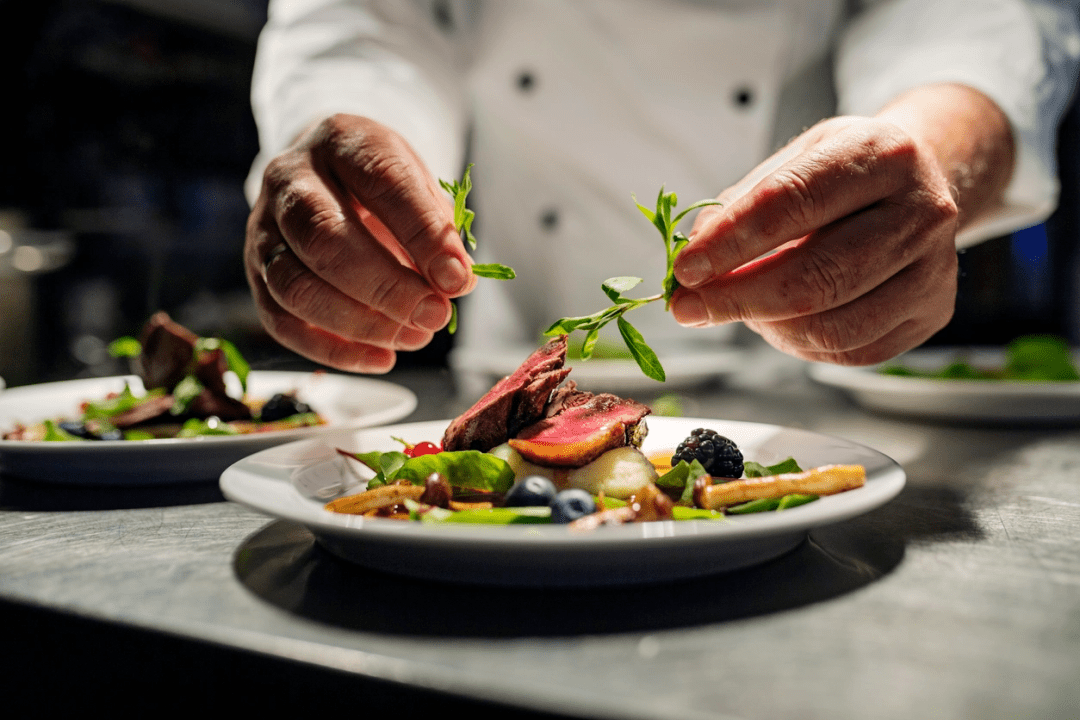Essential Steps to Launching Your Own Restaurant
Opening a restaurant is an exhilarating journey filled with creative vision, culinary passion, and entrepreneurial spirit. However, amidst the excitement, it’s crucial to navigate through a series of essential steps to ensure a successful launch and sustained growth. From conceptualization to execution, here’s a comprehensive guide to help you embark on your restaurant venture with confidence.
Define Your Concept and Brand Identity
Before diving into the details, start by defining your restaurant’s concept and brand identity. Consider your target audience, cuisine style, ambiance, and unique selling propositions. Your concept should resonate with your intended market and set you apart from competitors. Whether it’s a cozy neighborhood bistro, a trendy fusion eatery, or an upscale fine dining establishment, clarity in your concept lays the foundation for all subsequent decisions.
Conduct Market Research
Conduct thorough market research to understand the demand, competition, and trends in your target location. Analyze demographic data, consumer preferences, and dining habits to identify opportunities and challenges. Study your competitors to assess their strengths and weaknesses, helping you position your restaurant strategically.
Develop a Business Plan
A well-crafted business plan is essential for securing funding and guiding your restaurant’s operations. Outline your concept, target market, menu offerings, pricing strategy, marketing plan, and financial projections. Include details on startup costs, operating expenses, and revenue forecasts. Your business plan serves as a roadmap for decision-making and communicates your vision to potential investors and stakeholders.
Secure Financing
Determine the capital required to launch your restaurant and explore funding options such as personal savings, loans, investors, or crowdfunding. Present your business plan to lenders or investors, highlighting the viability and potential return on investment. Negotiate terms that align with your financial goals while ensuring sufficient resources to cover startup expenses and initial operating costs.
Choose the Right Location
The location of your restaurant can significantly impact its success. Consider factors such as foot traffic, visibility, parking, accessibility, and proximity to your target market. Evaluate lease terms, zoning regulations, and renovation requirements before committing to a location. A prime location that aligns with your concept and attracts your desired clientele can give your restaurant a competitive edge.
Hiring and Training
Hiring the right staff and providing thorough training are essential for exceptional service and operational efficiency. Define roles, recruit based on brand values, and conduct interviews to assess skills and fit. Invest in comprehensive training covering customer service, menu knowledge, safety, and teamwork. Empower your team for memorable experiences and a positive work environment. For instance, crafting a template for hiring dishwashers ensures kitchen cleanliness and efficiency. Screen for reliability and attention to detail, conduct interviews, and provide training on procedures and safety protocols.
Design Your Space
Create a welcoming and functional environment that reflects your restaurant’s concept and enhances the dining experience. Work with designers and architects to plan the layout, decor, lighting, and furniture. Pay attention to details such as branding elements, signage, and ambiance to evoke the desired atmosphere. A well-designed space not only attracts customers but also contributes to their overall satisfaction.
Procure Equipment and Supplies
Equip your kitchen and dining area with the necessary appliances, utensils, furniture, and decor. Source quality ingredients, beverages, and tableware that align with your menu and standards. Establish relationships with reliable suppliers to ensure consistent quality and timely deliveries. Invest in technology solutions for point-of-sale systems, inventory management, and reservations to streamline operations.
Develop Your Menu
Crafting your menu is a creative process that defines your restaurant’s identity and delights your customers. Start by aligning your dishes with your concept and target audience preferences. Experiment with flavors, ingredients, and presentation to create unique and memorable offerings. Gather feedback through tastings to refine recipes and ensure customer satisfaction. Design an appealing menu layout that highlights your dishes and entices diners. Keep your menu dynamic by regularly updating it to reflect seasonal ingredients and culinary trends.
Create a Marketing Plan
Develop a comprehensive marketing plan to generate buzz and attract customers before and after your restaurant’s launch. Utilize a mix of online and offline channels such as social media, website, email marketing, local advertising, and community outreach. Engage with influencers, food bloggers, and media outlets to amplify your restaurant’s visibility and credibility. Offer promotions, events, and loyalty programs to incentivize repeat business and word-of-mouth referrals.
In conclusion, launching a restaurant requires careful planning, diligent execution, and a relentless focus on customer satisfaction. By following these essential steps and committing to excellence in every aspect of your operation, you can realize your vision and create a thriving culinary destination that delights diners and stands the test of time.

Greetings! I’m thrilled to introduce myself as a dedicated blogger with a fervent passion for crafting meticulously researched and insightful blogs. My mission is to provide you, the readers, with a treasure trove of valuable information. Join me in this exciting adventure of discovery – Thanks







